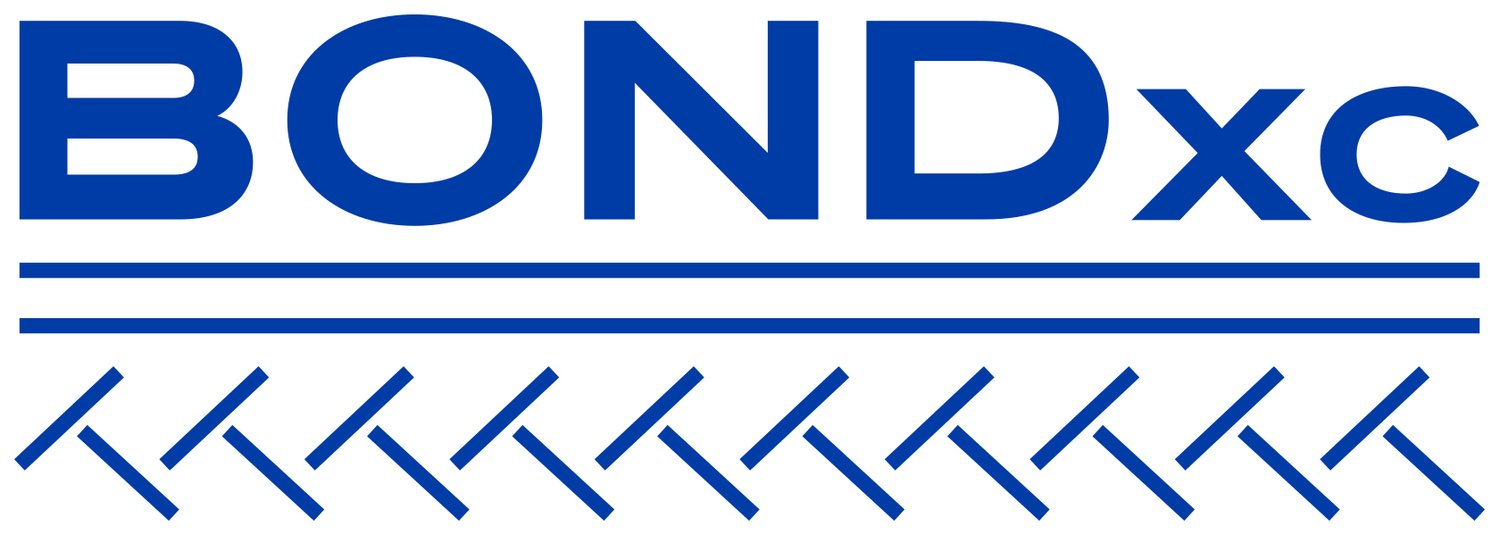September 11, 2023
Written By Jarle Wermskog
You are training too hard and will never reach your full potential!
We hope the headline provoked and made your heart beat a little faster. If you have read this far, we strongly recommend that you continue, and join us on a small deep dive into a discussion about training and intensity control. We firmly believe this could make you a better athlete and/or coach. What do you have to lose? Worst case, we managed to get your heartrate slightly elevated, and our claims can hopefully stimulate to a valuable debate about an important topic.
Introduction
Questions like - which intensity is the most optimal, how do one best manage intensity, and how much intensity one should train, are challenging topics that lead to loud and long discussions about what is right (or wrong), and clearly cause uncertainty among athletes and coaches. To be the best, one must train best, or in other words, train optimally according to one's own physical condition, physical characteristics and training background. Albeit difficult, the questions above, should and must be discussed. There are countless of models that have led to success. In our experience, the athletes that reach their full potential are those who have made the fewest mistakes during training (and otherwise in everyday life). This means that they have trained the best, not necessarily the most. The ever-increasing focus among a growing number of athletes to "collect hours", is probably strongly influenced by the fact that several of the best elite Norwegian cross-country skiers train over 1,000 hours per year. The focus on “collecting hours” is likely one of the main reasons why many athletes/coaches have "forgotten" the importance of ensuring that each training session is of high (and correct) quality. Quality can be defined in many ways, but from our perspective quality training entails focus on; intensity control, technique, continuity, progression, learning and achieving session goals during training. Our experience is that many athletes do not experience the desired/expected progress or continuity as they fail to train at the correct intensity. They simply train “too hard”, during low-, medium- and high intensity sessions.
Many coaches/athletes sound like highly educated scientists when they with ease and confidence talk about training intensity, as if there was only ONE answer - the truth is of course a bit more complicated and complex. Science has its requirements and norms for how to describe, discuss and conclude, but the findings often fall short of being helpful; they are either too vague for most people to accurately adapt into the training plan, or they are not statistically precise enough to 100% adhere to scientific research criteria. It is also important to consider that most studies related to intensity have been carried out on younger men, and not elite athletes. The conclusions are based on group data, and the studies tend to run over a limited time duration. Heart rate monitors and lactate measuring devices also do not tell the whole truth about intensity. Most people have access to a heart rate monitor, while fewer have access to a lactate measuring device. Reference to percentages of maximum heart rate and VO2max can be challenging, as not everyone has perfect control of their exact personal maximum values.
But what is the correct intensity? This article aims to answer this question, and many more. There are most likely some weaknesses in how the “grass roots” in skiing describe, plan, execute, document, and measure intensity. Given what most people have available in terms of measuring devices and knowledge, one must still dare to make the best out of the situation. Our goal is to provide some well-intended, easy-to-understand advice, based on sports literature combined with a bit of common sense.

